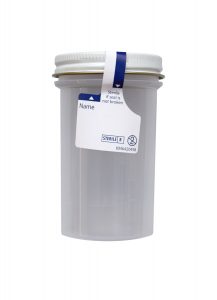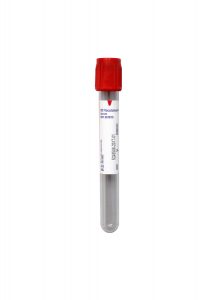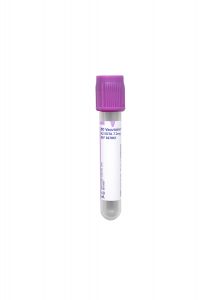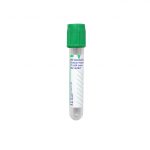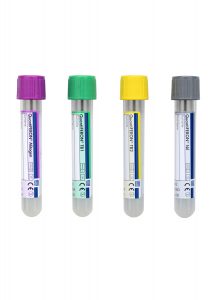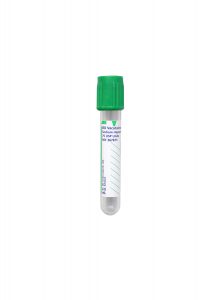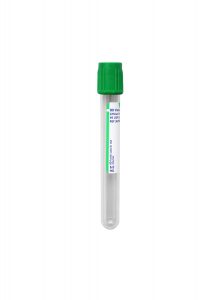Special Communication
May 2019: Changes to Reference Ranges & Test Builds
Changes to Reference Ranges
Reference Ranges:
Cysticercus IgG Ab, Serum (CYSGBL)
≤ 0.8 IV:
Negative
No significant level of cysticercosis IgG antibody detected
0.9 – 1.1 IV:
Equivocal
Questionable presence of cysticercosis IgG antibody detected; repeat testing in 10-14 days may be helpful
≥ 1.2 IV:
Positive
IgG antibodies to cysticercosis detected, which may suggest current or past infection
Reference Ranges:
Liver Fibrosis, FibroTest-ActiTest (LIVFIB)
Apolipoprotein A1
Male:
≥ 115 mg/dL
Female:
≥ 125 mg/dL
Reference Ranges:
Galactose Quant, Plasma (GALAC)
≤ 7 days:
< 5.4 mg/dL
8 – 14 days:
< 3.6 mg/dL
≥ 15 days:
< 2.0 mg/dL
Reference Ranges:
Hemoglobin, A2 and F (A2F)
Hemoglobin Fetal:
0.0 – 0.9%
Hemoglobin A2 Percent:
2.0 – 3.1%
Discontinued Tests
Degradation Products (FDP)
Due to the lack of availability of the appropriate tubes, this test has been discontinued.
We suggest ordering D-Dimer (DDMER).
Any additional information will be included in a future Technical Update. If you have any questions about these changes, please contact Client Services for assistance.

